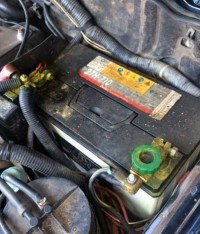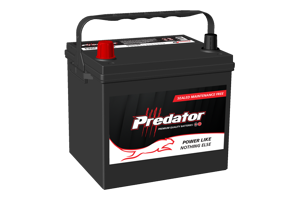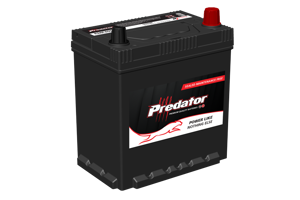Summer Battery Failure Facts
It may not be a surprise that flat or dead batteries are the number one cause of vehicle breakdowns in Australia & New Zealand. And it’s also probably not a surprise that extreme temperatures during Summer are a leading cause of battery failure.
Car batteries are happiest when operating at a temperature between 50 – 300 Celsius. In Summer temperatures can easily exceed this healthy range, and we often forget that the temperature under the bonnet can be more than double the temperature outside!

How Heat Affects your Car Battery
Unfortunately for us, extreme heat negatively impacts your car battery. As the temperature increases, it can have a domino effect, causing heat-related symptoms including:
- Evaporation of water from the battery’s electrolytes, increasing concentration
- Battery acid becomes more corrosive as it’s heated
- Accelerated corrosion inside the battery
- Decreased battery capacity caused by corrosion of plates
What does this mean? When the temperature rises, your battery heats up and water begins to evaporate out of your battery’s liquid electrolytes. This evaporation increases corrosion to the battery plates which results in a reduced capacity, cranking power and lifespan of your car’s battery.
Typically, a car battery has an average lifespan of 4 – 5 years, however, exposure to high heat for extended periods can considerably reduce this life expectancy! This is particularly troublesome for people living in hot or tropical climates.
 How to Save your Battery This Summer
How to Save your Battery This Summer
There is some good news! There are a number of things you can do to prevent and reduce the impact of heat and extend the life of your battery.
- Inspect your battery regularly, the type of battery fitted to your car will determine how often it should be checked.
- Low-maintenance batteries should be checked every month or two for signs of acid or corrosion build-up around the terminals and for adequate electrolyte levels. Add water where necessary.
- Sealed Maintenance-free batteries usually have a built-in hydrometer/state-of-charge indicator. Check the colour of this to determine the battery’s level of charge. (Green indicates a healthy state of charge, black, clear or red indicate possible problems). Any signs of acid leakage or excessive heat may indicate a major charging system fault.
- Conduct a visual inspection of your battery case. Checking for bulges, cracks and leaks.
- Where possible park your car in a garage or in the shade
- Perform regular maintenance. Such as a battery test and mechanical inspections.
If you have any concerns about your battery’s capacity or performance, we encourage you to contact your local R&J Batteries experts, for battery advice or drop in for a free battery test at any of our 20 company owned locations across both Australia and New Zealand!



